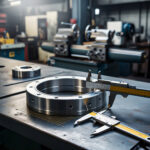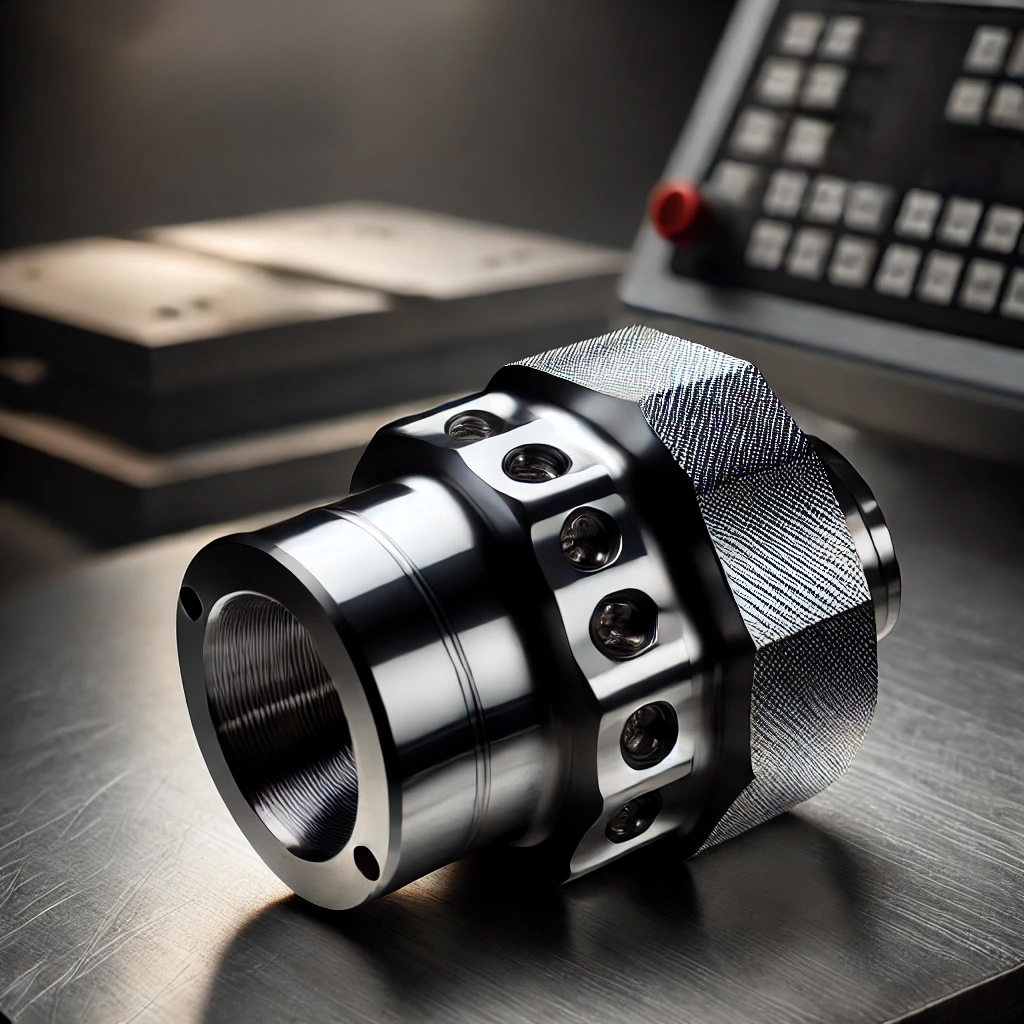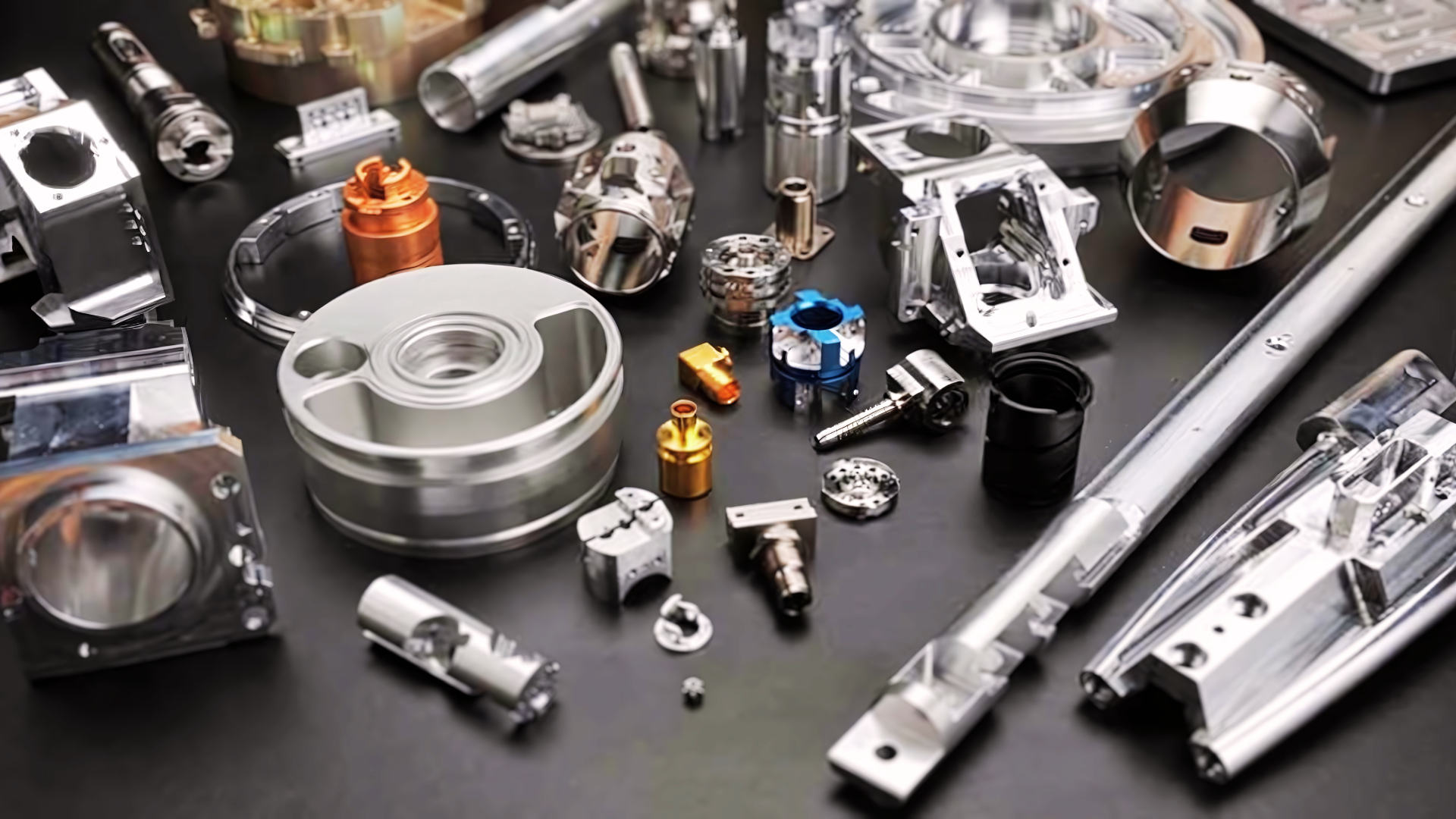Advancing Aerospace Industry with CNC Machining for Optical Components

In the demanding arenas of aerospace, where every detail can tip the balance between success and failure, CNC (Computer Numerical Control) machining emerges as a foundational technology. It is instrumental not just in shaping materials but in defining the precision and reliability of critical optical components used in everything from satellite communications to advanced surveillance systems.
Optical components in these sectors often go beyond conventional lenses and mirrors, encompassing a variety of crucial parts such as sensor housings, optical mounts, and intricate assembly pieces. These components must adhere to the most stringent standards, as they are integral to the functionality and accuracy of sophisticated military and space systems.
CNC Machining Fundamentals
CNC (Computer Numerical Control) machining stands as a pivotal technology in modern manufacturing, particularly in industries where precision is paramount. CNC machines operate based on coded programmed instructions that automate the control of machine tools. This process ensures high precision and repeatability, which are essential for the intricate and detailed work required in aerospace applications.
The Significance of CNC in Aerospace
In the aerospace industries, CNC machining is not just about achieving precision; it’s about ensuring reliability under extreme conditions. Optical components produced using CNC machining, such as sensor housings, optical mounts, and complex assembly parts, play crucial roles in systems from spacecraft to combat vehicles. These components must meet exacting standards for quality and precision to ensure they function correctly under the stresses of operation.
Understanding Optical Components
While many may first think of lenses and mirrors when it comes to optical components, the scope in aerospace is broader. It includes a variety of critical parts that interact with light, such as prisms, waveguides, and diffractive elements, all of which require the utmost accuracy in their production. These components often need to be manufactured from materials that are not only optically clear but also capable of withstanding extreme environmental conditions.
Materials and Geometries
Materials such as specialized glasses, ceramics, and composite materials are commonly used in the production of aerospace optical components. These materials are chosen for their optical clarity, high durability, and stability under environmental stressors such as radiation and extreme temperatures. The geometries of these components can be incredibly complex, requiring the capabilities of advanced CNC machining to produce them effectively.
Advanced CNC Machining Techniques for Optical Components
5-Axis CNC Machining
Unlike traditional 3-axis machines, 5-axis CNC machining introduces two additional rotational axes, allowing the cutting tool to approach the workpiece from any direction. This capability is crucial for creating complex geometries in optical components, such as contoured mounts and intricate frameworks, with high precision and efficiency. The ability to machine a component from multiple angles in a single setup not only increases accuracy but also reduces setup times and costs.
High-Speed Machining (HSM)
High-speed machining technologies are essential for working with aerospace-grade materials such as titanium and advanced composites. HSM allows for faster production rates while maintaining exceptional surface quality and dimensional accuracy, which are crucial for optical components that must interface seamlessly with other systems in aerospace applications.
Ultrasonic Machining
For materials that are difficult to machine using traditional methods due to their hardness or brittleness, ultrasonic machining combines high-frequency vibrations with an abrasive slurry to achieve precise material removal. This method is particularly effective for fine detailing on hard materials used in optical components, ensuring precision without inducing stress fractures.
Navigating Complex Challenges in Machining Optical Components
The manufacturing of non-lens and non-mirror optical components for aerospace involves several intricate challenges that require precise and innovative solutions:
Extreme Precision Requirements
- Problem: Aerospace applications demand components with extremely tight tolerances, as inaccuracies can significantly impair the functionality of critical systems. These components often need to interface flawlessly with other parts, maintaining precision despite environmental stresses.
- Solution: Advanced CNC techniques like 5-axis machining and ultrasonic machining come into play here, offering the ability to produce complex shapes with micron-level accuracy. Real-time monitoring systems and adaptive feedback mechanisms are also employed to adjust machining parameters dynamically, ensuring consistent quality throughout the production process.
Material Handling and Machining
- Problem: The materials used in aerospace optical components, such as high-grade metals, advanced ceramics, and composites, pose significant machining challenges due to their hardness and wear resistance. These materials can also be sensitive to heat and other machining-induced stresses, which can alter their properties.
- Solution: High-Speed Machining (HSM) and laser machining technologies are utilized to handle these materials effectively. HSM permits rapid material removal with minimal thermal impact, while laser machining provides a non-contact method that reduces mechanical stress during the cutting process.
Integration with Electronic and Mechanical Systems
- Problem: Optical components must not only fit physically with other aerospace systems but also function cohesively within these complex assemblies. Precise alignment and integration are crucial for the overall performance of the systems.
- Solution: Techniques such as precision fixtures and custom jigs are developed using CNC processes to ensure exact alignments. Additionally, the use of CAD/CAM software helps in simulating the entire assembly process before actual production, allowing for adjustments in the design phase to ensure seamless integration.
Conclusion
CNC machining has proven indispensable in aerospace, transforming optical component production with its precision and adaptability. Advanced techniques such as 5-axis and high-speed machining meet stringent requirements, ensuring components function flawlessly in critical applications. As the future unfolds, the integration of AI and machine learning will further revolutionize CNC machining, enhancing precision and efficiency. For industry professionals, staying updated with these advancements is crucial, as CNC machining continues to set new standards in manufacturing, driving technological innovation forward.
On-demand CNC Machining Services by Ethereal Machines offers the perfect solution for your CNC machining needs. With secure and confidential processes, you can get an instant quote and access expert advice from their technical team. Whether you need custom CNC machined parts or have a specific project in mind, Ethereal Machines is committed to helping you every step of the way. Try MAAS now and achieve your goals with ease.
Views: 708
















